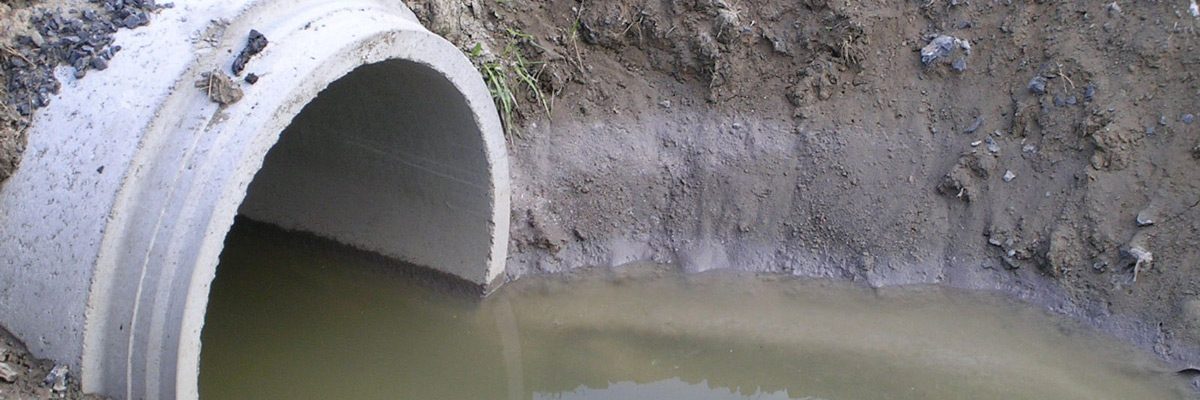Report by: Wilma Subra
Results of sampling performed by the Lower Mississippi River Keeper in the Lower Atchafalaya Bay area on August 2, 2010
Collecting oysters from Oyster Bayou
 |
The shore of the Gulf of Mexico east of Oyster Bayou, where the Atchafalaya Bay meets the Gulf of Mexico, contained visible oil on the vegetation along the shore line. Soil in this location contained Carbon Disulfide, 378 mg/kg Hydrocarbons and six Polynuclear Aromatic Hydrocarbons (PAHs) (0.222 mg/kg). The oiled vegetation contained 2.3% Hydrocarbons and 31 PAHs (0.554 mg/kg) that corresponded strongly to the PAHs in the Deepwater Horizon Crude Oil spill. Samples of Blue Crab and Fiddler Crab contained 2,230 mg/kg hydrocarbons.
Oysters sampled from a reef on Oyster Bayou in Atchafalaya Bay contained 8,815 mg/kg Hydrocarbons.
Results of sampling performed by the Lower Mississippi River Keeper in the Mississippi River Delta on August 3, 2010
Taking samples in the Mississippi River Delta
 |
At the mouth of Pass-a-Loutre, in the reed vegetation along the shore of an island, a sediment sample was collected. The sediment contained 71 mg/kg Hydrocarbons and 14 PAHs (0.8713 mg/kg). The PAHs in the sample weakly support that the contaminants in the sediment are associated with the crude oil from the Deepwater Horizon. A muscle sample collected at this location contained 6,900 mg/kg Hydrocarbons and seven PAHs (0.386 mg/kg).
A sample of oysters was collected from oysters growing on an abandoned crab trap between Pass-a-Loutre and Redfish Bay. The oysters contained 12,500 mg/kg (1.25%) Hydrocarbons and two PAHs (0.063 mg/kg).
Along a beach area near Redfish Bay, samples were collected from a stained area along a sandy beach area and from a vegetated area behind the beach. The beach area had clean-up waste materials and supplies left behind by cleanup crews. A small water body adjacent to the beach had a boom in the water and a small boat used to place the poles that secured the boom was stained with oil. The beach area contained a number of tar balls.
The sandy soil sample contained Carbon Disulfide, Hydrocarbons (146 to 779 mg/kg), and 29 to 38 PAHs (3.7259 to 3.934 mg/kg). The PAHs support reasonable evidence that the sandy soil is contaminated with crude oil from the Deepwater Horizon.
Samples were also collected from the vegetated area (reed vegetation) behind the beach. The vegetated area contained oil sheens on the vegetation and on the water that collected in the sampling area. The soil/sediment samples contained Carbon Disulfide, 2-Butanone (MEK), Toluene, 0.4 to 1.16 % Hydrocarbons, and 20 to 40 PAHs (49 to 189 mg/kg). The PAHs in the soil/sediment strongly support that the soil/sediment is contaminated with crude oil from the Deepwater Horizon.


 Visit SaveOurGulf.org to get more information about the BP Deepwater Horizon disaster from Waterkeeper organizations across the Gulf Coast and donate to Save Our Gulf!
Visit SaveOurGulf.org to get more information about the BP Deepwater Horizon disaster from Waterkeeper organizations across the Gulf Coast and donate to Save Our Gulf!
